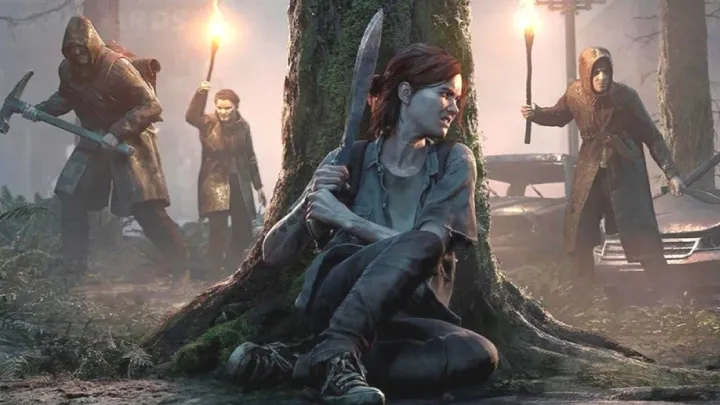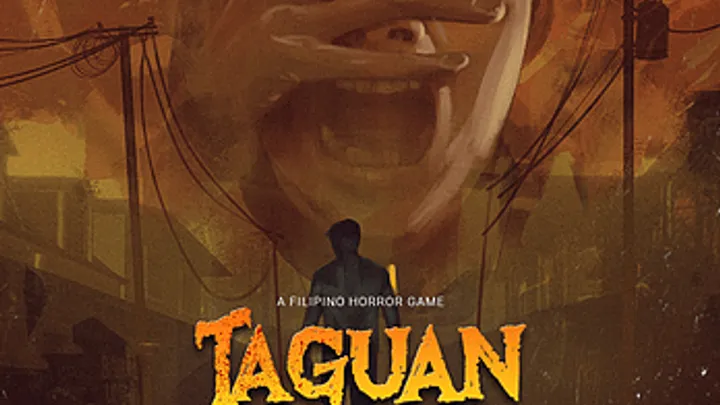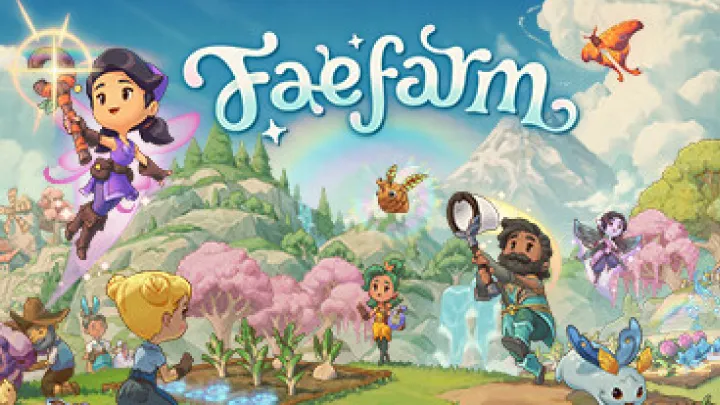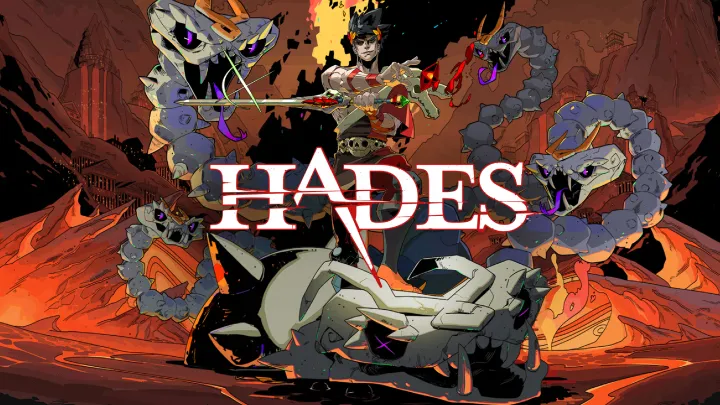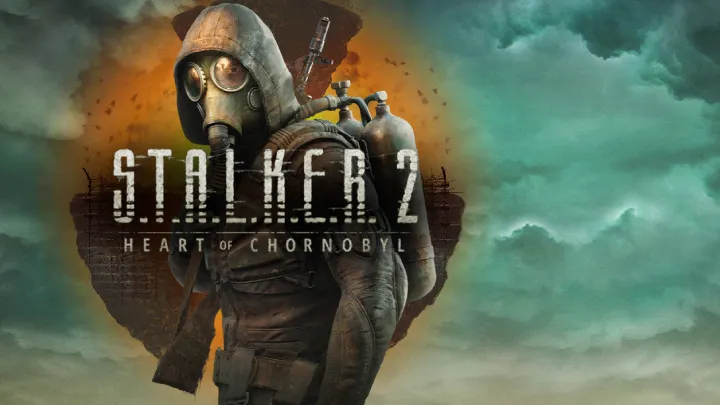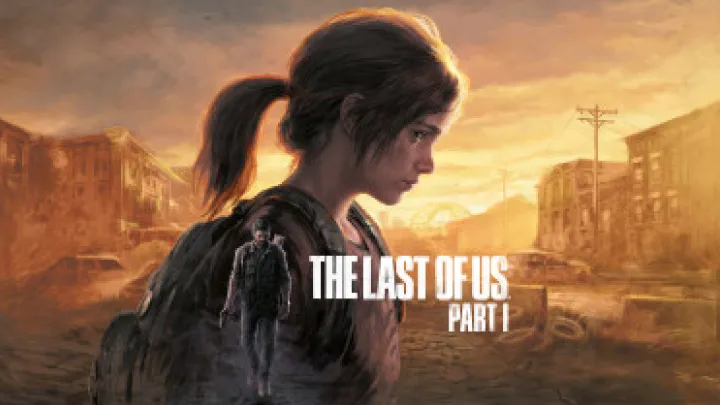
Introduction
The Last of Us Part I is more than just a post-apocalyptic video game; it is a profound exploration of human emotions, relationships, and the lingering effects of loss. Developed by Naughty Dog and originally released in 2013, this remastered version in 2022 reminds players of the harrowing yet beautifully crafted narrative centering on Joel and Ellie as they navigate a world ravaged by a fungal infection. At its core, the game examines the theme of loss—how it shapes personalities, distorts relationships, and influences the quest for redemption. This article delves deeply into the ways The Last of Us Part I presents loss and redemption through its characters, storylines, and symbolism, ultimately inviting players to reflect on the emotional weight of their choices.
Setting the Stage: A World Devastated by Loss
The Post-Apocalyptic Environment
The narrative begins in a world transformed by a fungal outbreak that has devastated humanity. The setting plays a critical role in establishing the themes of loss and survival, creating a haunting backdrop for the characters' emotional journeys.
- Visual Storytelling: The game's environments tell stories of loss through abandoned homes, overgrown cities, and remnants of a once-vibrant society. Every derelict building and silent street echoes the tragedy of lives lost, serving as a constant reminder to the characters and players alike that the world they once knew is gone.
- Atmospheric Design: The meticulous design of each location—contrasting beauty and horror—magnifies the feelings of solitude and despair. The beautiful rendering of nature reclaiming urban spaces juxtaposes the emotional turmoil within the characters, emphasizing the theme that life continues despite profound loss.
This context provides a haunting foundation for understanding the emotional stakes of the characters' journeys, rooting their experiences in a world filled with absence.
Introduction of Key Characters
The two main characters, Joel and Ellie, are introduced against this backdrop of loss. Each carries their own scars, shaped by personal experiences that drive them throughout the narrative.
- Joel’s Traumatic Past: Shortly after the initial outbreak, players witness the death of Joel’s daughter, Sarah, which shapes his character and motivations. This loss becomes a pivotal point in his life, causing him to build emotional barriers and prioritize survival over connections.
- Ellie's Unique Perspective: In contrast, Ellie represents a new generation born into the aftermath of the outbreak. Orphaned at a young age, she carries her own sense of loss and longing for connection, which adds depth to her relationship with Joel. The dynamic between them serves as a vessel for exploring their emotional journeys.
These introductions set the stage for understanding how loss can carve deeper paths into individuals’ identities, influencing their interactions and decisions moving forward.
The Weight of Loss: Joel's Transformation
The Aftermath of Sarah’s Death
Joel's character arc begins with the profound impact of losing Sarah, a moment that defines his personality and worldview. This transformative event leads him down a path of skepticism and emotional detachment that becomes central to his interactions with Ellie.
- Loss as a Catalyst: Sarah’s death catalyzes Joel’s transformation from a loving father to a hardened survivor. The emotional void left in his life results in a guarded nature, marked by a refusal to allow anyone else to get close to him.
- Behavioral Consequences: Joel’s trauma manifests in his brutal survival tactics and decisions throughout the journey. He often prioritizes his own survival and that of Ellie over morality, creating internal conflicts that illuminate the consequences of unresolved grief.
By showcasing Joel's emotional struggles, the game emphasizes how profound loss can trigger a cascade of destructive behaviors, shaping the course of one’s life when left unaddressed.
The Search for Meaning
As Joel accompanies Ellie on their journey, he grapples with Sarah's memory, often illustrating the tension between holding on to the past and seeking a way forward.
- The Desire to Protect: Joel’s attachment to Ellie represents an attempt to reclaim the love and connection he lost with Sarah. However, this desire leads him to impose his own fears and burdens onto Ellie, further complicating their relationship dynamic.
- Moments of Reflection: Throughout the game, there are poignant moments where Joel reflects on his past, revealing glimpses of vulnerability beneath his hardened exterior. These moments underscore the long-lasting effects of grief and the difficulty of moving forward when shackled by memories of loss.
This internal struggle illustrates how the quest for meaning after a traumatic event is often mired in contradictions, showcasing that the road to healing is neither straightforward nor easy.
Ellie’s Journey: Growing Up Amidst Loss
The Weight of Becoming a Survivor
Ellie’s character provides a counterbalance to Joel’s trauma, representing resilience and hope amidst desolation. Her journey is marked by her experiences of loss, shaping her motivations as she develops throughout the game.
- Orphanhood and Isolation: Unlike Joel, Ellie does not have a clear image of family in the traditional sense. The loss of her mother and friends reinforces a sense of isolation, creating a desire for connection that propels her actions.
- Playfulness vs. Trauma: It is essential to emphasize Ellie’s playful nature juxtaposed against her violent realities. Her knack for humor and wit serves as a coping mechanism, often providing levity amidst the darkest moments of their journey.
Ellie’s growth as a character emphasizes that the burdens of loss can be transformed into strengths, illuminating the complexities of surviving in a fractured world.
Forming Connections
Throughout their journey, Ellie and Joel's relationship evolves from one of mere survival to a more profound bond, marked by shared experiences and mutual understanding of loss.
- Building Trust: As they face challenges together, their relationship deepens, allowing them both to find solace in one another amidst their shared grief. This dynamic underscores the human capacity to form connections even in the bleakest of circumstances, leading to healing and redemption.
- Father-Daughter Dynamic: The burgeoning father-daughter relationship provides a pathway for Joel to reconcile his loss and for Ellie to discover familial connections she longed for. As their bond grows, so does their ability to confront the challenges presented by the world around them.
By establishing this relational growth, the game highlights the importance of companionship in overcoming personal traumas, revealing that healing can occur through supportive connections.
Confronting Redemption: Joel’s Conflict
The Climax of Moral Choices
As the journey unfolds, the moral complexities surrounding Joel’s character escalate, ultimately leading to a confrontation with the nature of redemption. The decisions he makes challenge the player’s perceptions of right and wrong.
- The Choice of Sacrifice: In the climax, Joel faces a harrowing decision regarding Ellie’s fate. Her potential role in finding a cure presents a moral dilemma that forces him to confront his past and the extent of his love for her. This pivotal moment encapsulates the theme of redemption as it explores the costs of his protective instincts.
- Themes of Ownership: Joel's choice reflects feelings of ownership; he struggles with the notion that he has a right to dictate Ellie’s future based on his past trauma. This raises questions about the ethics of protecting someone at the potential cost of their agency and the greater good.
This moral conflict highlights how personal loss can lead individuals to make ambiguous choices, blurring the lines between love, selfishness, and redemption.
The Price of Redemption
Ultimately, Joel's decision underscores the intricate relationship between loss and redemption. The choices made in moments of crisis reveal truths about identity and the reality of human flaws.
- Consequences of Actions: The aftermath of Joel’s choice reverberates throughout the narrative, forcing players to grapple with the idea that even acts of love can lead to devastating consequences. The complex emotions tied to family and sacrifice provoke contemplations on what it means to truly safeguard loved ones.
- Lasting Impact: In the epilogue, players witness the lasting impact of Joel’s choices not only on Ellie but also on the world around them. Redemption is not merely a state to achieve; rather, it is a continual pursuit marked by the weight of previous actions and the need for growth.
By emphasizing that redemption is a complex journey, The Last of Us Part I engages players in a narrative that constantly echoes the implications of love, loss, and moral ambiguity.
The Role of Nature: Symbolism of Growth and Decline
The Duality of Nature
In The Last of Us Part I, nature serves as both a sanctuary and a harbinger of decay. The vibrant greenery juxtaposed with the remnants of civilization evokes a constant interplay between life and death, further deepening the themes of loss and redemption.
- Nature as a Healing Force: The lush landscapes and thriving flora symbolize resilience and hope. As Joel and Ellie traverse these environments, moments of serenity and beauty serve as reminders that life persists even in a devastated world.
- Symbolic Decay: Conversely, the presence of nature intertwined with decay underscores the harsh realities of their environment. The fusion of life and death reflects the complexity of the characters' struggles and reinforces the notion that beauty can emerge from devastation.
This duality reinforces the game's emotional core, showing that while loss permeates their journey, the possibility for healing and redemption exists in the aftermath.
The Intimacy of the Natural World
Nature’s presence in The Last of Us Part I also emphasizes the intimate connection between characters and their surroundings. The landscape becomes a character in its own right, influencing gameplay and emotional resonance.
- Environmental Storytelling: Players gradually uncover the stories of those who came before through environmental details, such as graffiti, abandoned belongings, and overgrown streets. These details remind audiences of the complexities of human experiences and the grief associated with loss.
- Connection to Humanity: The intimate scenes in nature, such as Ellie’s moments of contemplation amidst the scenery, allow players to reflect on their own emotional journeys. As she interacts with her environment, the connection to nature becomes a source of solace, supporting her growth amidst chaos.
Through these interactions, nature becomes a canvas for self-discovery and healing, highlighting the transformative potential of the environment in the narrative.
The Legacy of Loss and Redemption
The Ongoing Cycle
As players conclude their journey with Joel and Ellie, they are left contemplating the cyclical nature of loss and redemption. The narrative does not resolve the significance of these themes; instead, it reinforces their persistence and impact.
- Reflections on Human Experience: The final scenes prompt players to reflect on their own experiences with loss and the enduring quest for redemption. The complexities of human emotions become palpable, suggesting that every choice has consequences that resonate far beyond the immediate moment.
- Legacy of the Characters: The impact of Joel and Ellie’s choices extends into the world around them, shaping the future for others. The haunting nature of their journeys serves as a reminder that while they sought redemption, the consequences of their actions remain.
By leaving the legacy of loss and redemption open-ended, The Last of Us Part I resonates with the human experience, illustrating that one’s journey is never truly complete.
The Emotional Impact
Ultimately, the emotional depth of The Last of Us Part I rests in its exploration of loss, love, and the human condition. By inviting players to immerse themselves in the protagonists’ journeys, the game cultivates a profound understanding of the complexities that define the human experience.
- Connection with Players: The rich narrative and character development foster a deep emotional connection with players, encouraging introspection about their own lives, relationships, and experiences with loss.
- Art of Storytelling: The game exemplifies the art of storytelling in video games, blending traditional narrative elements with interactive exploration. As players navigate the world, they encounter profound themes that transcend the game itself, making it a timeless exploration of humanity.
Through its nuanced portrayal of loss and redemption, The Last of Us Part I produces a powerful narrative that speaks to the hearts of players, leaving an indelible mark on the landscape of video game storytelling.
Conclusion: Navigating the Depths of Human Experience
The Last of Us Part I is not merely a game about survival in a post-apocalyptic world; it is a masterful exploration of loss and redemption that deeply resonates with players. Through the experiences of Joel and Ellie, the game delves into the emotional complexities of grief, love, and the enduring search for connection amidst desolation.
As players navigate this richly woven narrative, they are drawn into an intimate examination of the human condition, prompting reflections on their own journeys and the choices that define them. In blending narrative depth with gameplay immersion, The Last of Us Part I stands as a poignant reminder that in the face of loss, the quest for redemption remains a fundamental aspect of being human.
